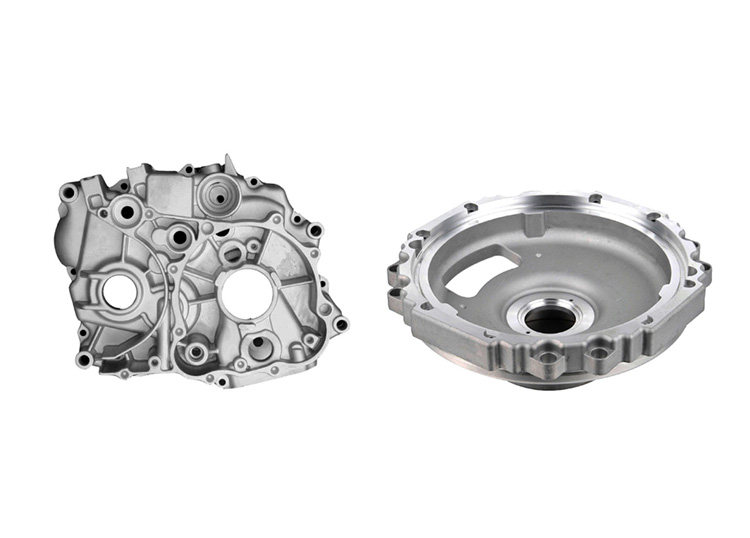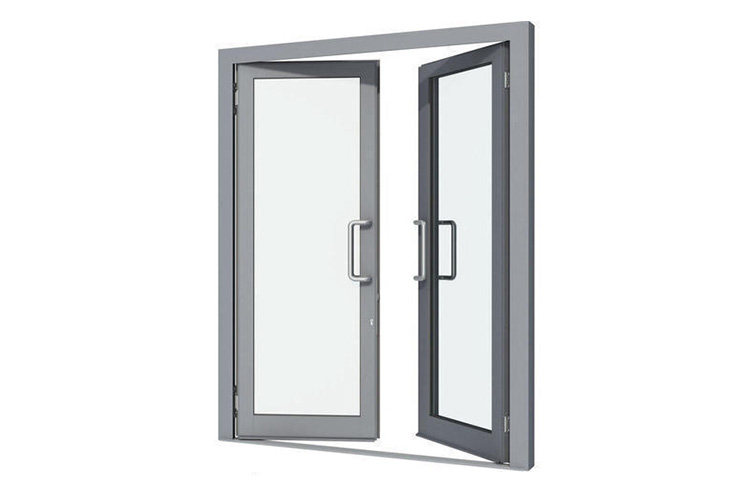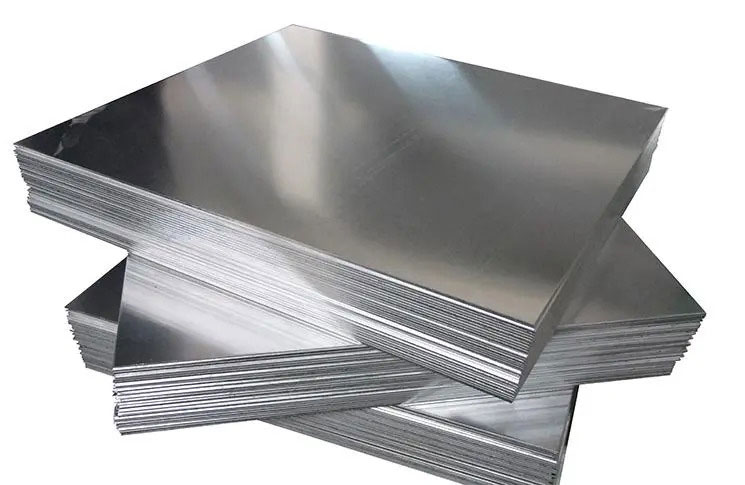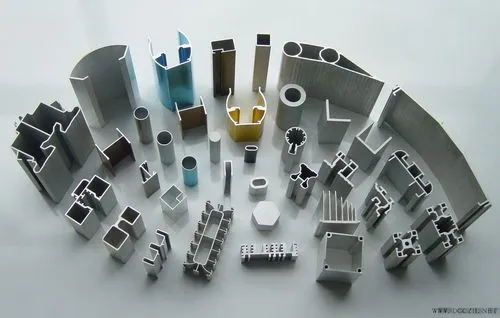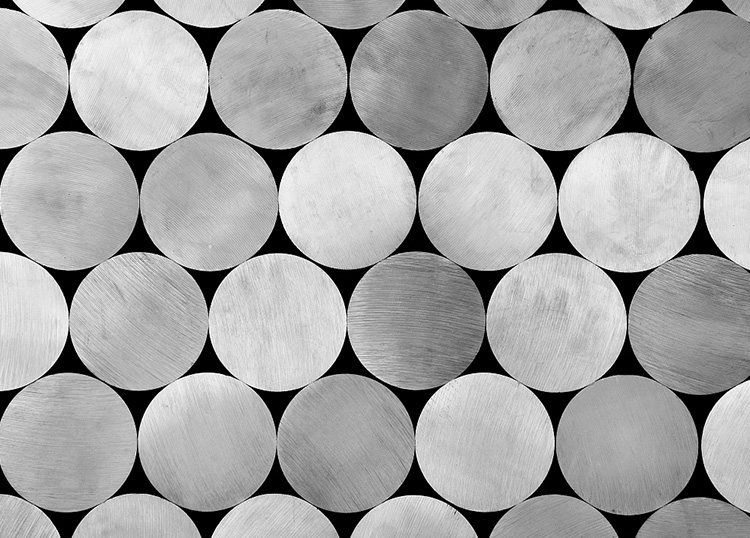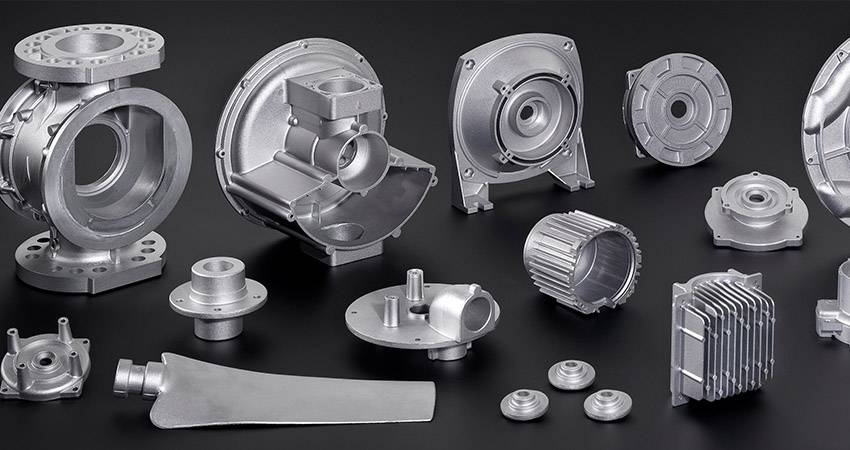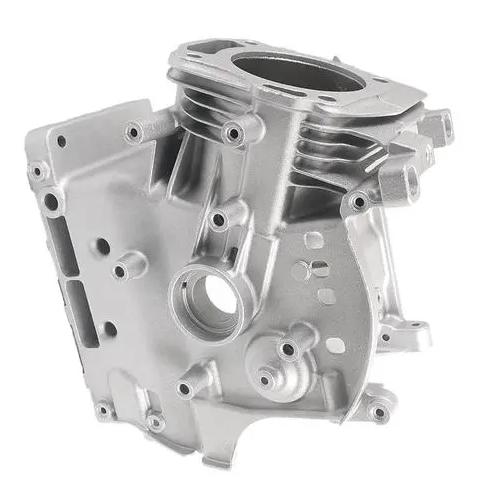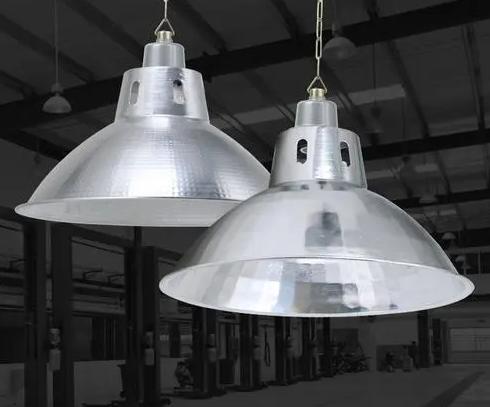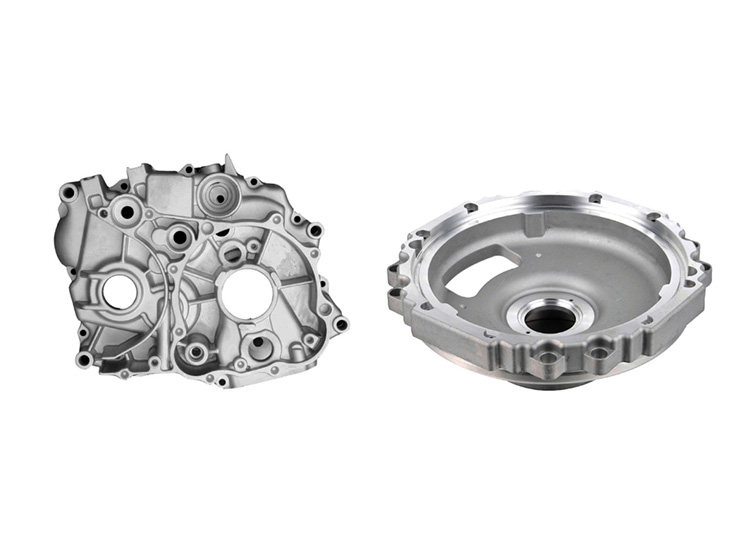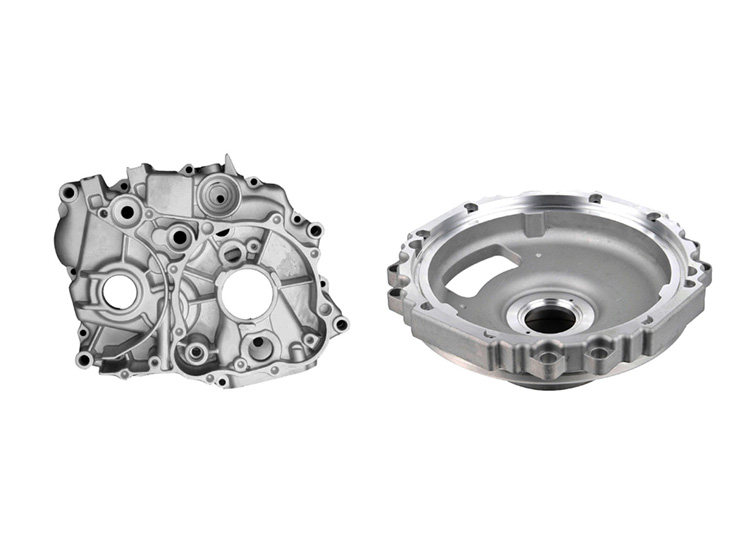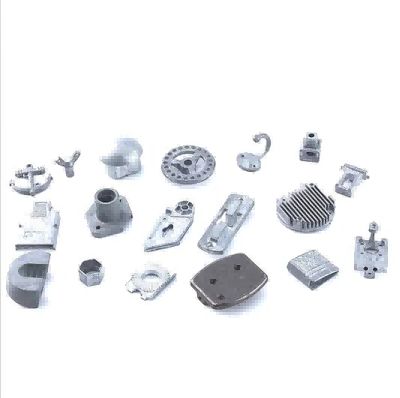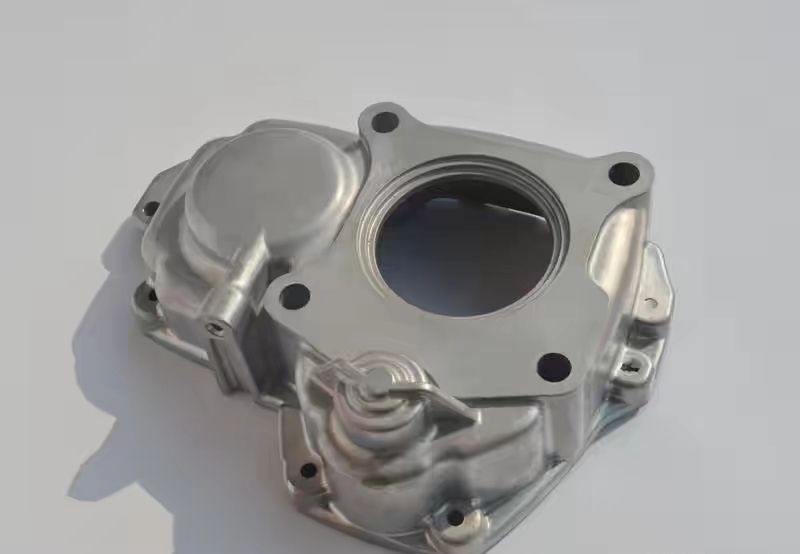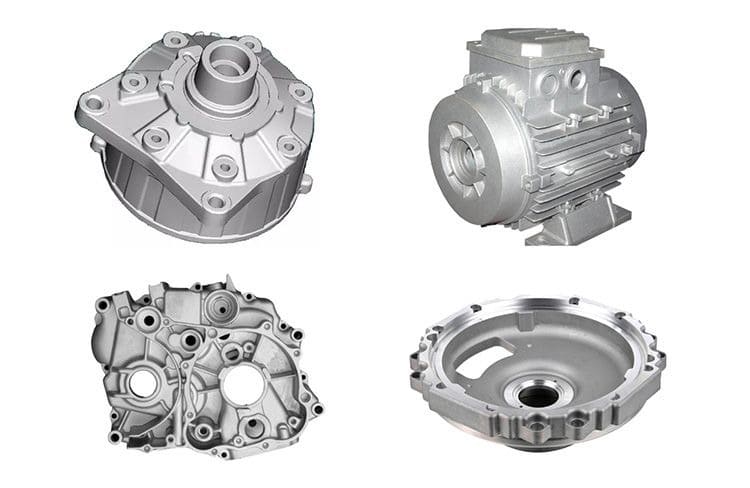Cast aluminum has become an indispensable material in modern manufacturing, finding applications across a wide spectrum of industries. Its unique blend of properties, including lightweight, high strength, and excellent corrosion resistance, makes it a preferred choice for engineers and designers seeking to optimize performance and efficiency. This article will delve into the intricacies of cast aluminum, exploring its production, advantages, applications, and comparisons with other materials.
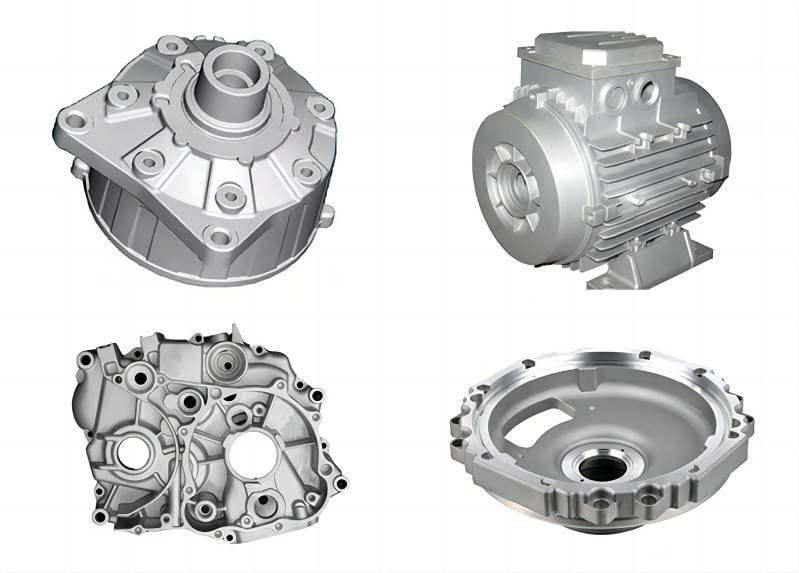
What is Cast Aluminum?
Cast aluminum is an alloy of aluminum, the most abundant metal in the Earth’s crust. While pure aluminum is relatively soft, the addition of other elements such as silicon, copper, magnesium, and manganese significantly enhances its strength, hardness, and other mechanical properties. These alloying elements are carefully selected and combined to achieve specific performance characteristics for different applications.
The term “cast aluminum” refers to the manufacturing process where molten aluminum alloy is poured into a mold and allowed to solidify into the desired shape. This method allows for the creation of intricate and complex geometries that would be difficult or impossible to achieve through other manufacturing processes.
How is Cast Aluminum Made?
The process of making cast aluminum involves several key steps, each critical to achieving the desired product quality and characteristics. The basic steps are as follows:
- Mold Preparation: The first step is to create the mold cavity, which will define the final shape of the cast part. Molds can be made from various materials, including sand, metal, and ceramic.
- Melting the Aluminum Alloy: The selected aluminum alloy is melted in a furnace. Precise temperature control is essential to ensure the alloy reaches the proper molten state without overheating and degrading its properties.
- Pouring the Molten Metal: The molten aluminum is carefully poured into the mold cavity. Techniques like gravity pouring, low-pressure pouring, and vacuum pouring are employed to ensure complete and even filling of the mold.
- Solidification and Cooling: The molten metal solidifies within the mold as it cools. The cooling rate can significantly impact the microstructure and properties of the casting. Controlled cooling techniques, such as slow cooling or rapid quenching, are often employed.
- Removing the Casting from the Mold: Once the casting has solidified, it is removed from the mold. This process can involve various techniques, such as breaking the mold away or using mechanical ejectors.
- Finishing Processes: After removal from the mold, the casting may undergo various finishing processes, such as:
- Machining: Removing excess material and achieving precise dimensions.
- Heat Treatment: Improving mechanical properties such as strength and hardness.
- Surface Finishing: Enhancing appearance and corrosion resistance (e.g., anodizing, painting).
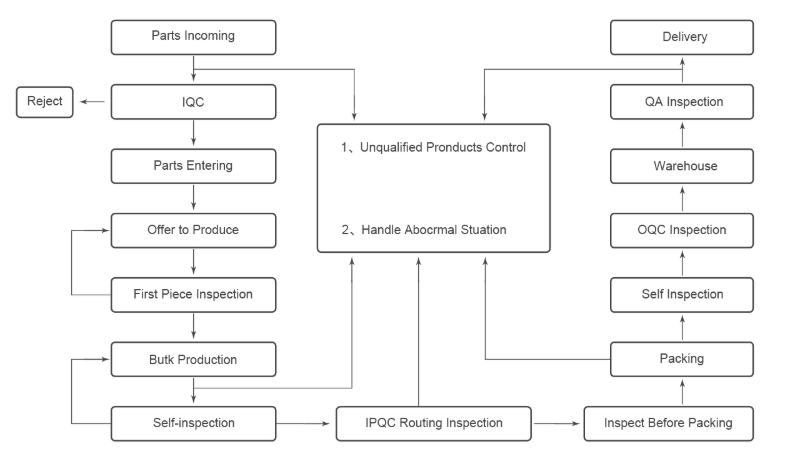
What Are the Advantages of Cast Aluminum?
- Lightweight: Aluminum has a significantly lower density than steel and other common metals, making it an ideal choice for applications where weight reduction is critical, such as in aerospace and automotive industries.
- High Strength-to-Weight Ratio: Despite its low weight, cast aluminum exhibits excellent strength and stiffness, allowing for the design of lightweight and robust components.
- Corrosion Resistance: Aluminum forms a protective oxide layer on its surface, which provides excellent resistance to corrosion. This makes it suitable for applications exposed to harsh environments, such as marine and automotive.
- Ductility and Malleability: Cast aluminum is relatively easy to shape and form, allowing for the creation of complex and intricate designs.
- Good Thermal Conductivity: Aluminum is a good conductor of heat, making it suitable for applications where heat dissipation is important, such as in heat exchangers and cooling systems.
- Recyclability: Aluminum is highly recyclable, making it an environmentally friendly material. Recycling aluminum requires significantly less energy than producing primary aluminum, reducing the environmental impact.
- Cost-Effectiveness: High-volume production methods, such as die casting, can make cast aluminum a cost-effective option compared to other materials.
What Are Some Examples of Cast Aluminum Products?
Cast aluminum is found in a wide array of products, highlighting its versatility and adaptability:
| Industry | Applications | Key Benefits |
| Automotive | Engine Blocks & Cylinder Heads, Transmission Parts, Wheels | Lightweight, High Thermal Conductivity, Good Wear Resistance, Improved Fuel Efficiency, Attractive Appearance |
| Aerospace | Aircraft Components (Landing Gear, Structural Frames, Engine Parts) | High Strength-to-Weight Ratio, Excellent Fatigue Resistance |
| Construction | Building Facades, Window Frames, Structural Components | Lightweight, Durability, Aesthetic Appeal, Corrosion Resistance, Energy Efficiency |
| Consumer Goods | Appliances (Refrigerators, Air Conditioners, Washing Machines), Cookware, Furniture | Good Thermal Conductivity, Durability, Excellent Heat Distribution, Lightweight, Weather Resistance |
| Marine | Boat Components (Hulls, Propellers, Engine Parts) | Corrosion Resistance, Lightweight |
| Machinery | Gears, Pulleys, Housings | High Strength, Wear Resistance |
| Sporting Goods | Golf Clubs, Bicycle Frames, Fishing Reels | Lightweight, Durability |
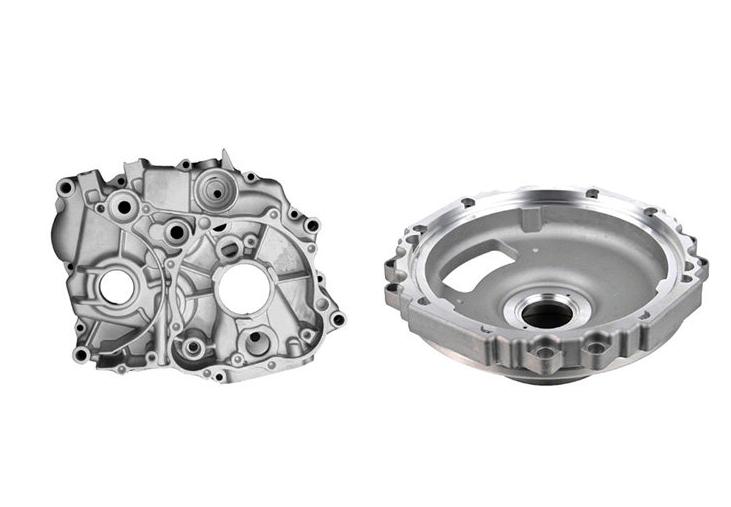
How Does Cast Aluminum Compare to Other Materials?
To fully appreciate the advantages of cast aluminum, it is essential to compare it with other commonly used materials:
1. Cast Aluminum vs. Steel
- Weight: Cast aluminum is significantly lighter than steel, offering significant weight savings in various applications.
- Strength: While steel generally exhibits higher ultimate strength, cast aluminum alloys can be engineered to achieve comparable levels of yield strength.
- Corrosion Resistance: Cast aluminum offers superior corrosion resistance compared to most steels, particularly in marine and coastal environments.
- Cost: The cost of cast aluminum can vary depending on the alloy and casting process. In some cases, it may be more cost-effective than steel, especially for complex geometries.
2. Cast Aluminum vs. Cast Iron
- Weight: Cast aluminum is significantly lighter than cast iron, offering significant weight advantages in many applications.
- Machinability: Cast aluminum is generally easier to machine than cast iron, reducing manufacturing costs.
- Cost: The cost of cast aluminum can be comparable to or even lower than cast iron, depending on the specific application and production volume.
3. Cast Aluminum vs. Plastics
- Strength and Durability: Cast aluminum generally exhibits higher strength and durability than most plastics, making it more suitable for demanding applications.
- Heat Resistance: Cast aluminum offers superior heat resistance compared to most thermoplastics, making it suitable for high-temperature applications.
- Recyclability: While some plastics are recyclable, aluminum offers superior recyclability and a lower environmental impact.
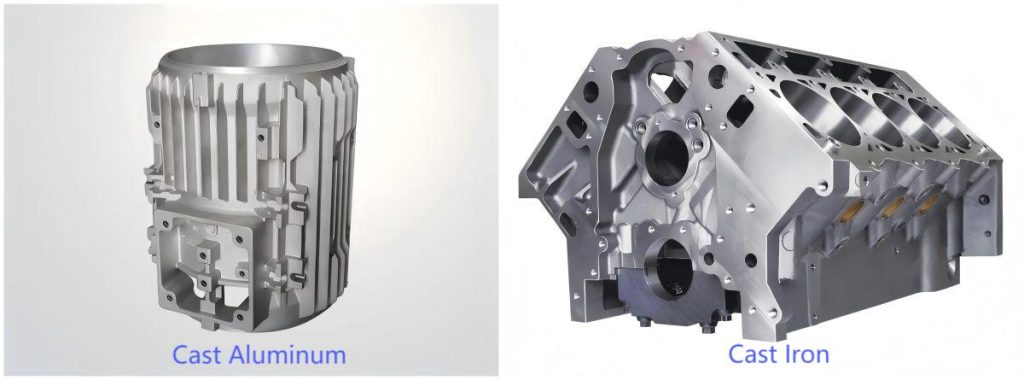
Cast aluminum has emerged as a versatile and indispensable material in modern manufacturing. Its unique combination of properties, including lightweight, high strength, corrosion resistance, and excellent machinability, makes it a preferred choice for a wide range of applications. From automotive and aerospace to construction and consumer goods, cast aluminum continues to play a crucial role in shaping our world. With ongoing advancements in casting technologies and alloy development, the future of cast aluminum looks bright, promising even greater innovation and performance in the years to come.

